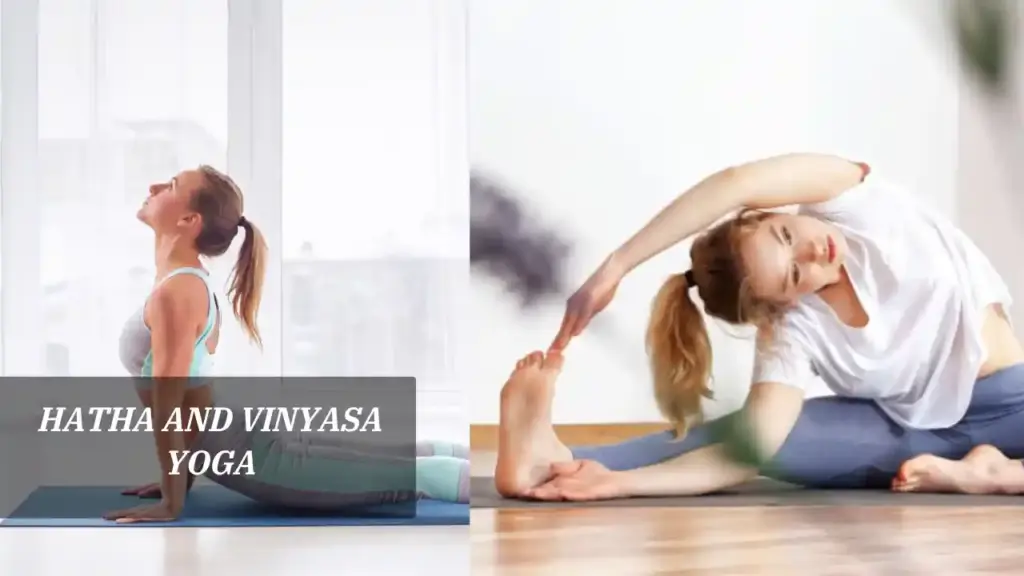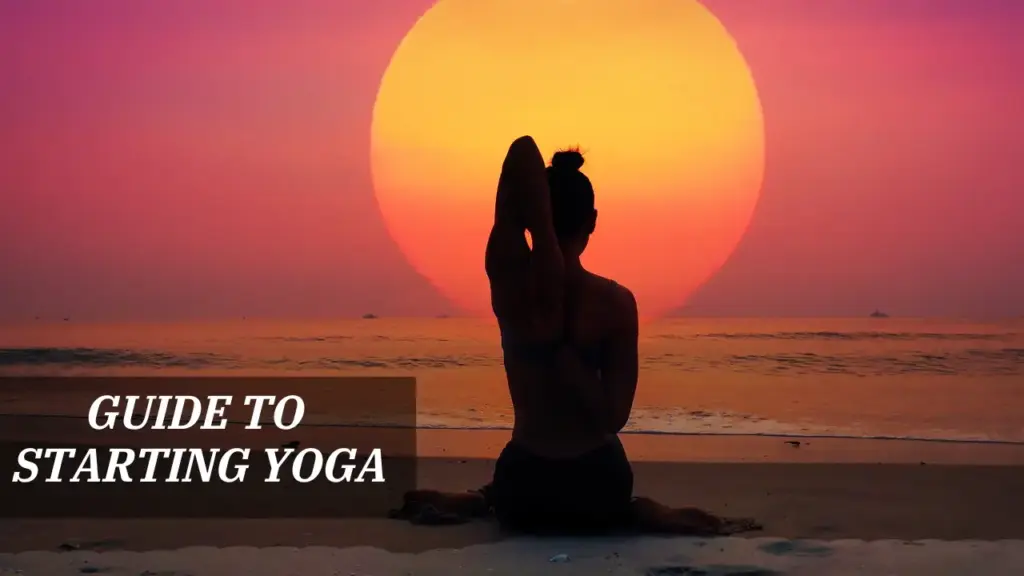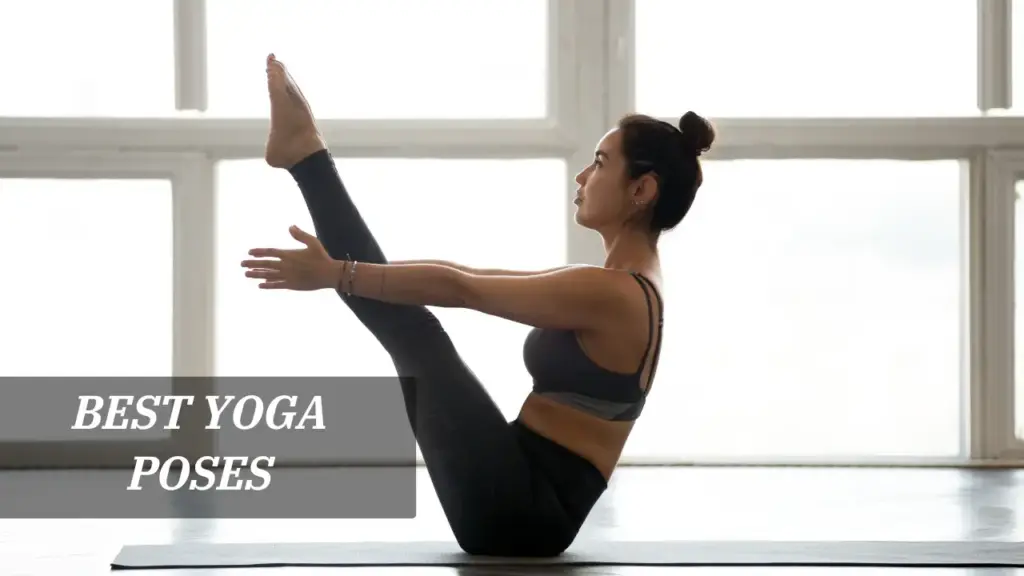Yoga offers a diverse range of practices, each bringing unique benefits for mind and body. For beginners, choosing the right style can be overwhelming, especially when trying to understand the differences between popular forms like Hatha and Vinyasa yoga. While both focus on building strength, flexibility, and mindfulness, they differ in pace, technique, and purpose. Understanding these differences can help you choose a practice that aligns with your personal goals and energy levels. This guide will walk you through what sets Hatha and Vinyasa apart, helping you make an informed decision for your yoga journey.
This article provides a comprehensive overview of Hatha and Vinyasa yoga, covering the main elements that distinguish them. We’ll discuss the pace, focus, benefits, and who each style is best suited for. Whether you’re looking for a gentle introduction to yoga or a dynamic, flowing practice, you’ll find the insights here to help you pick the style that’s right for you.
Understanding the Foundation of Hatha Yoga
Hatha yoga is one of the oldest forms of yoga, emphasizing balance, alignment, and controlled breathing.
Hatha Yoga: Focused on Balance and Stability
Hatha yoga is a gentle, slow-paced practice, ideal for beginners who want to learn the basics of poses and breathing techniques. Each pose in Hatha yoga is held for longer, allowing practitioners to focus on proper alignment and gradually build strength and flexibility. This approach makes Hatha yoga accessible, as it encourages mindfulness and patience in each movement, providing a strong foundation for more advanced practices.
Who Should Consider Practicing Hatha Yoga?
Hatha yoga is suitable for those looking for a slower, more relaxing practice. It’s a great choice if you’re new to yoga or prefer a practice that allows time to focus on each pose individually. Hatha yoga is also helpful for people seeking stress relief and improved body awareness without a fast-paced flow.
Exploring the Dynamic Flow of Vinyasa Yoga
In contrast to Hatha, Vinyasa yoga is known for its fluid, continuous movements that link each pose with the breath.
Vinyasa Yoga: Emphasizing Movement and Rhythm
Vinyasa yoga, often referred to as “flow” yoga, is a faster-paced practice that connects each pose in a sequence, creating a smooth, dance-like movement. In Vinyasa, each inhale and exhale guides the transitions between poses, making it a more dynamic and energetic style. This flow engages multiple muscle groups at once, providing a cardiovascular workout while also enhancing flexibility and strength.
Who Will Benefit Most from Vinyasa Yoga?
Vinyasa yoga is ideal for those who enjoy a more active, challenging practice. It’s well-suited for individuals looking to increase their heart rate, improve stamina, and enjoy a rhythm-based approach. Vinyasa is also a good choice if you’re comfortable with basic poses and are ready for a practice that combines strength and cardio.
Key Differences in Pace and Structure
The pace and structure are the main elements that differentiate Hatha and Vinyasa yoga.
Slow and Steady vs. Fast and Flowing
Hatha yoga’s slow pace encourages a focus on alignment and stability, allowing practitioners to deeply explore each pose. On the other hand, Vinyasa’s fast, flowing pace provides a dynamic, energizing workout. If you prefer taking your time with each pose, Hatha might be the best fit, whereas Vinyasa is ideal for those who enjoy movement and rhythm.
Breathwork and Intensity Levels
Both styles emphasize breath, but in different ways. Hatha encourages steady breathing to hold each pose, enhancing focus and relaxation. Vinyasa, however, uses breath to maintain the flow, giving it a more intense, invigorating feel.
Choosing between Hatha and Vinyasa yoga depends on your personal preferences and fitness goals. Hatha offers a calm, grounding experience perfect for beginners and those seeking relaxation, while Vinyasa brings energy and movement, ideal for an active, dynamic workout. Whichever you choose, both styles bring unique benefits that can support your journey toward physical and mental well-being. Enjoy exploring which style resonates with you, and remember that yoga is a journey—embrace it with patience and openness.


